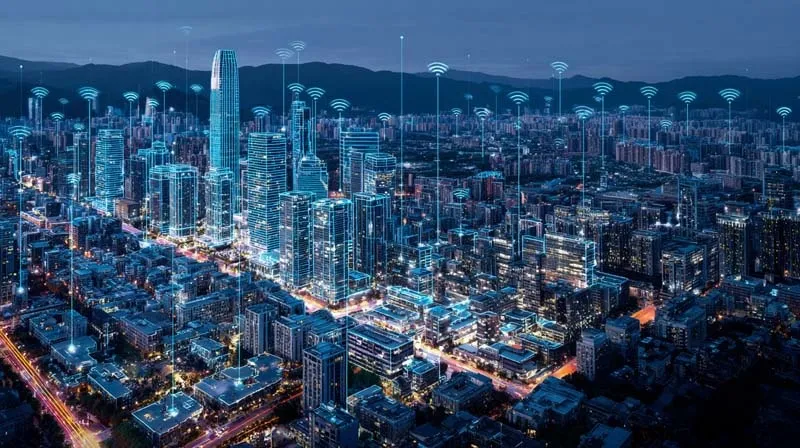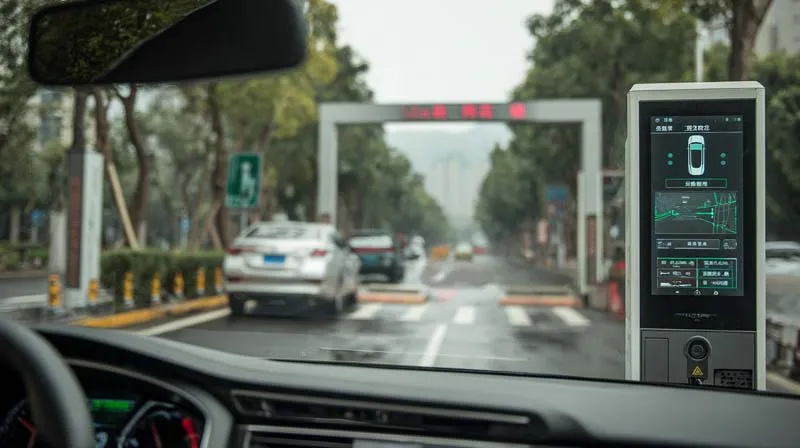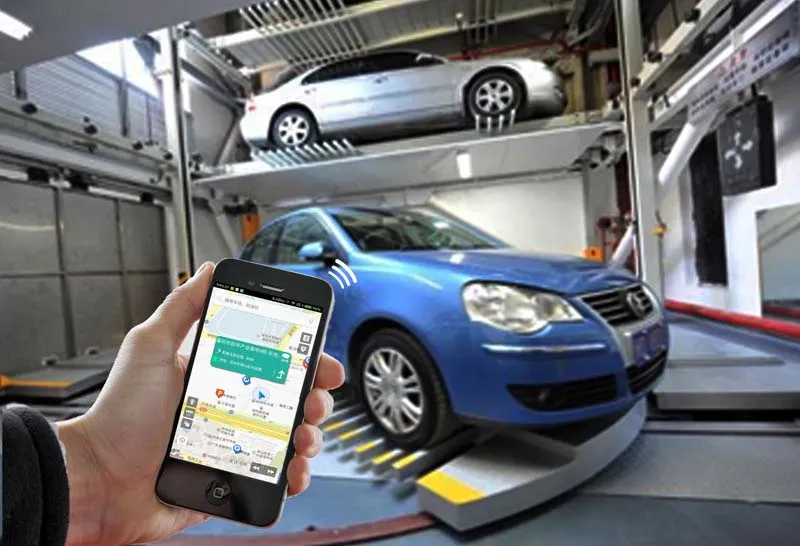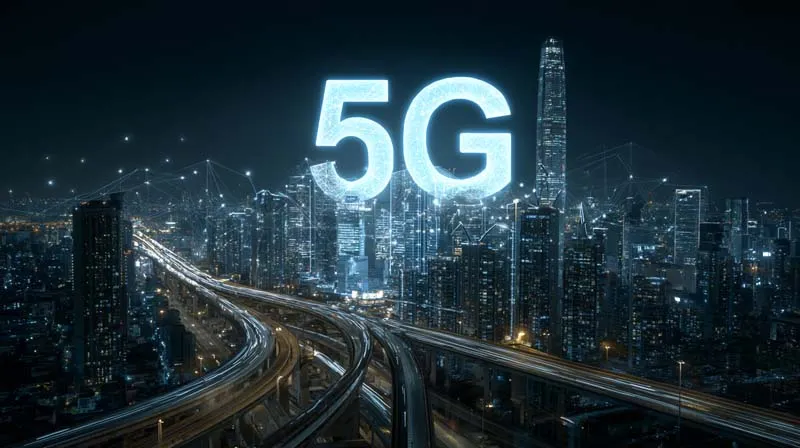IoT Sparks a Smart Mobility Revolution
IoT drives future mobility, transforming how cities operate. Traffic congestion and parking woes challenge urban managers daily. However, IoT, with smart sensors, 5G networks, and big data, tackles these issues head-on. It powers real-time traffic monitoring and smart parking systems, boosting city efficiency.
According to IDC, global IoT spending hit $805.7 billion in 2023. China’s IoT market is expected to surpass $1.1 trillion by 2025. Indeed, IoT drives future mobility, redefining urban travel.

IoT Technology: The Engine Behind Smart Mobility
IoT drives future mobility with cutting-edge technology. Smart sensors, 5G networks, edge computing, and big data work together seamlessly. Sensors collect real-time data on traffic flow, vehicle speed, and parking availability. Meanwhile, 5G ensures fast, low-latency data transfer. Edge computing processes data instantly, enabling quick decisions like adjusting traffic signals or guiding drivers to open parking spots.
In smart parking, IoT sensors detect open spaces. They connect to platforms that guide drivers via apps. For instance, NB-IoT sensors enable low-power, long-range communication, ideal for city-wide parking systems. Thus, IoT drives future mobility by streamlining data collection and decision-making, making cities smarter.

Market Trends: IoT Fuels a Global Mobility Boom
IoT drives future mobility with explosive market growth. China’s Ministry of Industry and Information Technology projects 3.6 billion IoT connections by 2027. Globally, IoT spending in transportation could account for 15% of total IoT budgets by 2025. Clearly, the demand for smart mobility solutions is soaring.
Government policies fuel this growth. China lists IoT among its top five strategic industries. It promotes 5G and IoT integration to build smart cities. Moreover, companies like China Unicom, Huawei, and Alibaba Cloud lead the charge. Their platforms, such as ONENET and OceanConnect, support real-time monitoring and smart parking. As a result, IoT drives future mobility by aligning technology with market needs.
Case Studies: IoT Drives Real-World Impact
IoT drives future mobility through proven applications. Here are three examples:
1.Shenzhen Smart Parking Project: Shenzhen uses IoT sensors and 5G for real-time parking detection. Drivers find spots via apps, cutting parking time by 30%. Traffic congestion in busy areas dropped 15%. China Unicom’s IoT solutions powered this success.

2.Shanghai Traffic Monitoring System: Shanghai deploys IoT sensors and cameras on major roads. Combined with 5G and AI, the system optimizes traffic signals. It reduced peak-hour congestion by 20% in 2023, improving commuter efficiency.
3.Singapore Smart Mobility Pilot: Singapore integrates IoT for traffic and parking data. Dynamic navigation and payment systems streamline travel. This project sets a global benchmark for smart cities.
These cases show how IoT drives future mobility, delivering measurable benefits for cities and citizens.
Challenges and Solutions: Paving the Way for IoT Success
Despite its potential, IoT drives future mobility with challenges. First, data privacy and cybersecurity risks loom large. More IoT devices mean more vulnerabilities. Additionally, device compatibility issues hinder seamless integration. High deployment and maintenance costs also slow adoption in smaller cities.
However, solutions are emerging. End-to-end encryption and AI-based threat detection strengthen security. Standardized protocols like MQTT and CoAP improve device compatibility. Furthermore, low-power networks like NB-IoT cut costs. These advancements ensure IoT drives future mobility reliably and sustainably.
Future Trends: IoT’s Limitless Potential in Mobility
Looking ahead, IoT drives future mobility with exciting innovations. First, 6G technology promises ultra-fast, low-latency connections. It will power vehicle-to-everything (V2X) systems and autonomous driving. Additionally, AIoT—combining AI and IoT—enhances decision-making. For example, TinyML enables devices to process data locally.
By 2027, global IoT connections may exceed 35 billion. Smart mobility will claim a significant share. Emerging applications, like autonomous shipping and shared mobility, will reshape travel. Moreover, green IoT solutions will cut energy use and emissions. Thus, IoT drives future mobility toward a smarter, greener future.

Conclusion: IoT Ushers in a New Era of Mobility
IoT drives future mobility, revolutionizing urban transportation. Smart sensors, 5G, and data analytics optimize traffic and parking. They enhance city efficiency and user experience. Despite challenges, innovations in security, compatibility, and cost pave the way forward. The future of IoT in mobility is bright.
As a leader in IoT, EELINK Communication powers this transformation. With over 20 years of expertise, EELINK’s team develops IoT hardware and software. Our solutions include remote monitoring for temperature, humidity, asset tracking, vehicle security, and cold chain logistics. Our mission? Connect everything through innovative technology. EELINK delivers reliable, efficient solutions, driving value for clients. We remain committed to advancing IoT-driven mobility, building smarter cities together.
